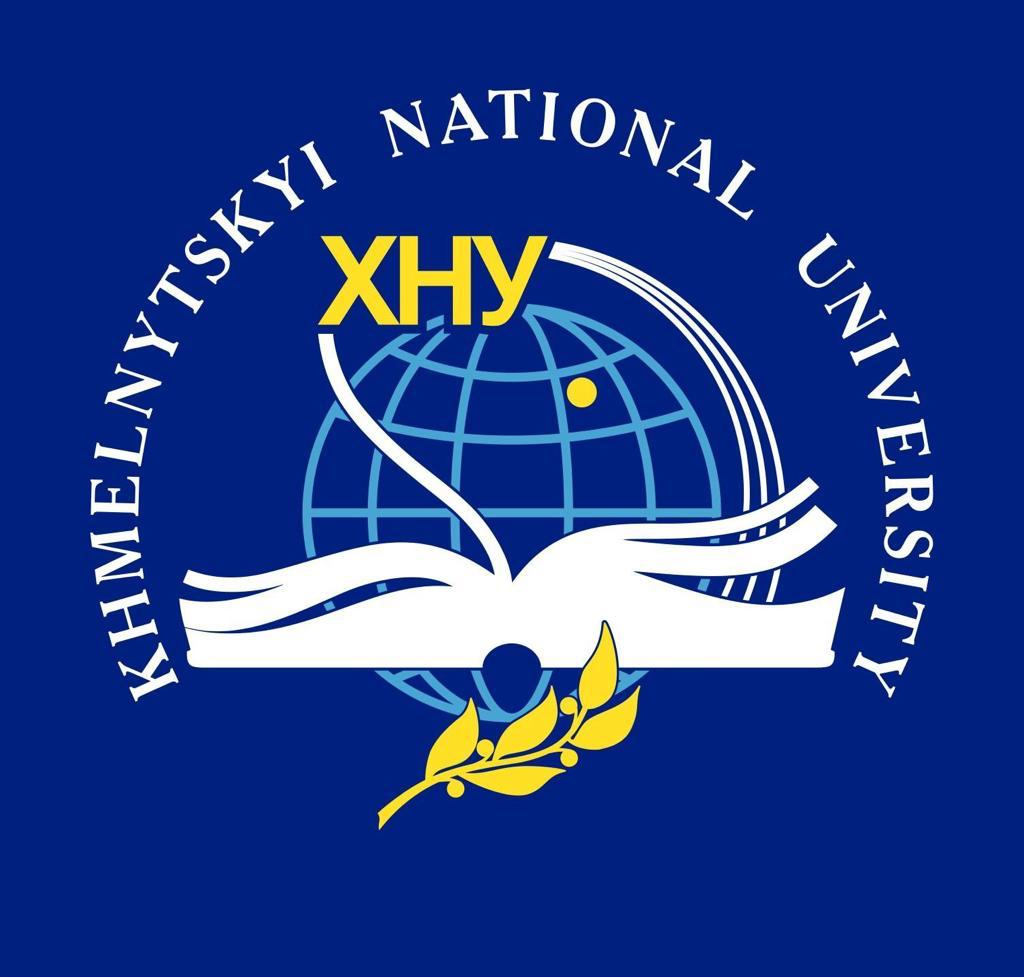EFFECTIVENESS OF PHYSICAL THERAPY IN MILITARY SERVANTS AFTER ARTHROSCOPIC TREATMENT OF KNEE JOINT INJURIES
DOI:
https://doi.org/10.31891/pcs.2025.1(1).100Keywords:
injuries, physical therapy, knee joint, arthroscopyAbstract
Knee injuries are one of the most common problems among the military, which is due to the high level of physical exertion, the specifics of combat training and service conditions. Arthroscopic treatment of such injuries is a modern and widely used method that provides minimal invasiveness and promotes rapid restoration of joint function. Purpose of the study: to determine the effectiveness of physical therapy for military personnel after arthroscopic treatment of knee injuries. Research methods. The work used methods of the theoretical level of research: analysis, comparison, induction, deduction, systematization and generalization of scientific and methodological literature; empirical level (goniometry and anthropometry); methods of mathematical statistics. Results of the work. A feature of the treatment of knee injuries in the military is the need for rapid restoration of joint function to ensure the ability to perform professional tasks. Modern treatment methods, such as arthroscopy, allow for effective elimination of the consequences of injuries with minimal surgical intervention. Comparison of the results of rehabilitation measures after knee arthroscopy in both groups confirmed the effectiveness of the developed physical therapy program. During rehabilitation, the experimental group showed significant improvements in the range of motion of the knee joint compared to the control group in the direction of flexion and extension. At the end of the study, statistically significant differences were found between the main and control groups. Flexion in the knee joint in patients of the main group was significantly greater by 25.74 degrees (p<0.001), and extension indicators were significantly greater by 14.30 degrees (p<0.001) compared to the control group. Conclusions. The results obtained show significant differences in the amplitude of movements in the knee joint and the contours of the lower limb segments between the main and control groups, which indicates the effectiveness of the proposed program. The results of the study demonstrate the importance of using specialized physical therapy programs to achieve optimal results in the recovery process of military personnel after arthroscopic surgery.
References
Andersson, C., Gillquist, J., & Wredmark, T. (2018). Early rehabilitation after arthroscopic meniscus repair: Clinical results and recommendations for military personnel. Journal of Orthopaedic Research, 32(15), 120–135.
Barber-Westin, S. D., Noyes, F. R., & Galloway, M. (2020). Rehabilitation after ACL reconstruction in active duty military personnel: Emphasis on return-to-duty protocols. American Journal of Sports Medicine, 27(18), 215–230.
Chu, C. R., Andriacchi, T. P., & Valdez, R. (2021). Current trends in post-arthroscopic knee rehabilitation: Implications for high-intensity military training. Sports Medicine and Arthroscopy Review, 30(19), 75–92.
Hartigan, E. H., Axe, M. J., & Snyder-Mackler, L. (2019). Rehabilitation progression for military patients following ACL and meniscus surgery. Journal of Athletic Training, 25(16), 145–165.
Kaplan, Y., Witvrouw, E., & Victor, J. (2017). The role of neuromuscular training in rehabilitation of military service members post-arthroscopy. Military Medicine, 28(14), 100–120.
Kvist, J., Ek, A., Sporrstedt, K., & Good, L. (2016). Factors influencing return to active duty after ACL reconstruction in soldiers. Clinical Journal of Sport Medicine, 26(12), 80–105.
Logerstedt, D. S., Grindem, H., & Lynch, A. (2022). Postoperative rehabilitation guidelines for ACL reconstruction with military applications. Journal of Orthopaedic and Sports Physical Therapy, 35(21), 65–85.
Matthias, K., Clemens, F., Z., Christian, G. P., Johannes, Z., Peter, A., Weber-Spickschen, S., Volker, A., Werner, K. (2020). Early functional rehabilitation after meniscus surgery: Are currently used orthopedic rehabilitation standards up to date? Rehabilitation Research and Practice, 75, 369–410.
Max, R., Vincent, E., Eline, V. E., Ewoud, V. A., Igor, V. D., Joost, V. L., Jacco, Z., Erwin, W., Sita, B., & Duncan, M. (2021). Early surgical reconstruction versus rehabilitation with elective delayed reconstruction for patients with anterior cruciate ligament rupture: COMPARE randomised controlled trial. BMJ, 372, 375–379.
McCarthy, M. M., Warren, R. F., & Green, D. W. (2018). Rehabilitation after knee arthroscopy: Focus on active-duty military populations. Orthopaedic Journal of Sports Medicine, 31(17), 55–75.
Myer, G. D., Ford, K. R., & Hewett, T. E. (2015). Prevention and rehabilitation of secondary injuries post-arthroscopy in military personnel. Journal of Strength and Conditioning Research, 23(11), 50–70.
Neri, T., Palpacuer, F., & Testa, R. (2017). The anterolateral ligament: Anatomic implications for its reconstruction. Knee, 24, 1083–1089.
Paweł, B., Kamilla, B., & Tomasz, P. (2020). Clinical practice and postoperative rehabilitation after knee arthroscopy vary according to surgeons’ expertise: A survey among Polish Arthroscopy Society members. BMC Musculoskeletal Disorders, 21, 626–629.
Shelbourne, K. D., & Gray, T. (2021). Accelerated rehabilitation for soldiers following ACL reconstruction: Return-to-duty outcomes. Journal of Bone and Joint Surgery, 33(20), 90–110.
Pathak, S., Bharadwaj, A., Patil, P., Raut, S., & Srikanth, R. (2020). Functional outcomes of arthroscopic combined anterior cruciate ligament reconstruction and meniscal repair: A retrospective analysis. Arthroscopy Sports Medicine and Rehabilitation, 2, 71–76.
Downloads
Published
How to Cite
Issue
Section
License
Copyright (c) 2025 Тетяна ОДИНЕЦЬ, Катерина БАНДУРІНА, Олег ДЮРИЧ

This work is licensed under a Creative Commons Attribution 4.0 International License.





